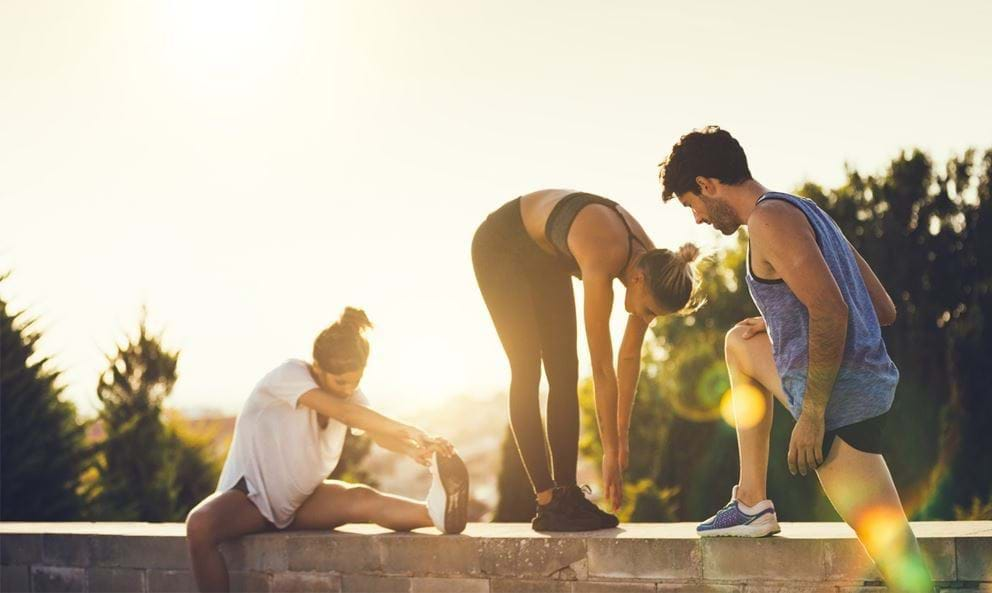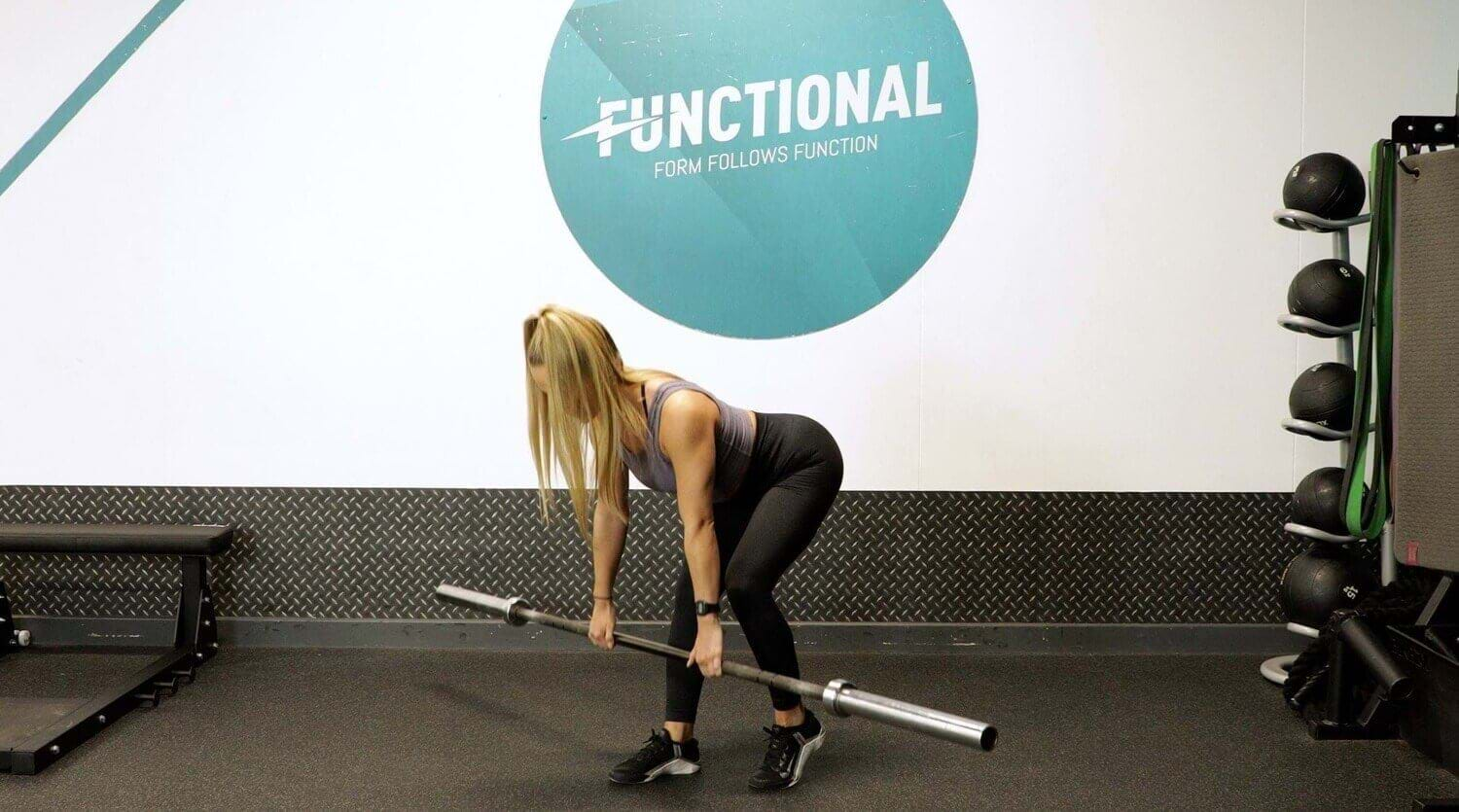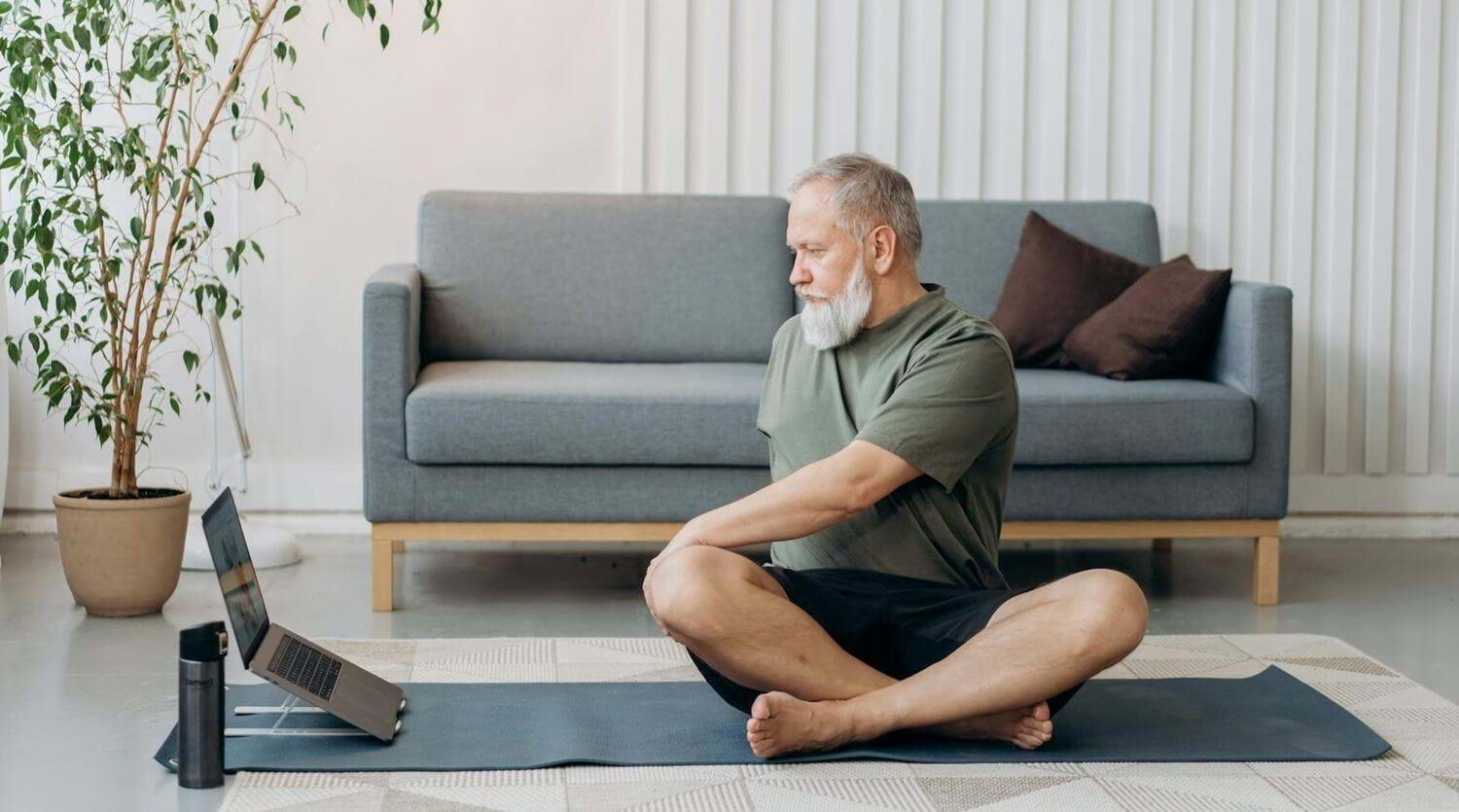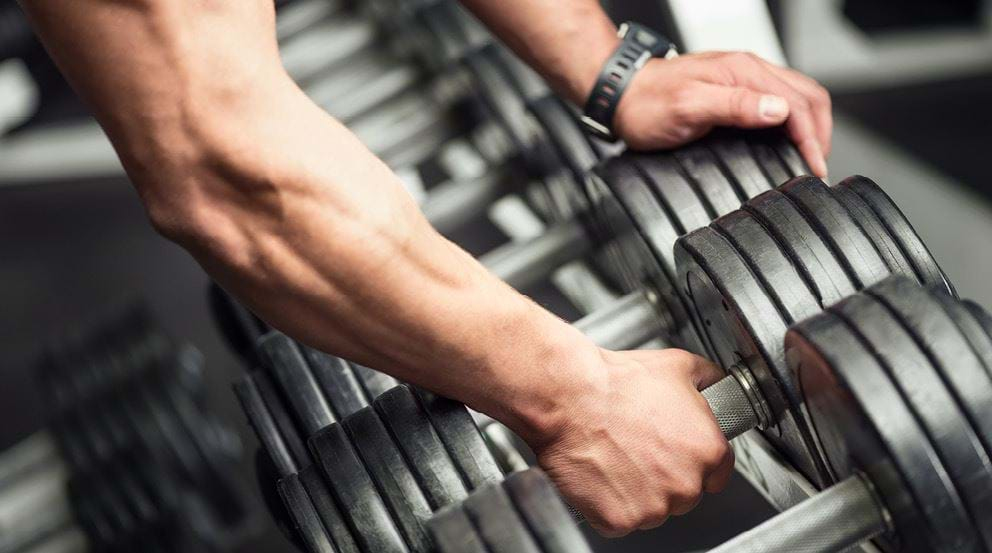How Can I Improve my Flexibility?

How To Improve Flexibility | How Flexibility Works | Exercises For Flexibility | Weekly Flexibility Workout Plan | Flexibility Workout For Beginners | Mobility Vs Flexibility | Full Body Mobility Routine
In summary:
- Regular, gentle stretching boosts flexibility and posture.
- Combine dynamic warm-ups, static stretches, and mobility moves.
- Stay active, breathe deeply, and don't skip recovery.
If you've ever seen an Olympic gymnast or professional ballerina in action, you've probably wondered what sort of magic snake DNA they have that makes them so flexible.
Flexibility, by and large, is a pretty good thing. While gymnastic level bending might not be ideal, having supple joints and muscles is one of the best ways of ensuring good posture, and remaining pain-free over the course of day-to-day life.
How To Quickly Improve Flexibility
That being said, with so many of us spending our days sitting down, maybe hunched over a computer for a little too long each day, just stretching down to your toes can seem like an ambitious goal.
Before we look at how to improve flexibility, it's worth noting that flexibility does have a genetic component. For example, some studies have found that some people are just more predisposed than others to be able to do the splits, for example.
That said, regardless of your flexibility level, the most effective way to increase flexibility is through a combination of stretching, movement, and recovery. Here's a breakdown of what that might look like in practice:
- Stretch regularly, not aggressively: Daily gentle stretching is more effective (and safer) than occasional intense sessions. Start with 10 - 15 minutes a day, and focus on holding each stretch for at least 30 seconds.
- Incorporate both static and dynamic movements: Use dynamic stretches (like leg swings or arm circles) before workouts to warm up the muscles, and static stretches (long holds) afterward to increase flexibility over time.
- Try to stay active throughout the day: Long periods of sitting cause the muscles to tighten. Short movement breaks, walking, or even standing more often can help maintain joint mobility.
- Breathe through the stretch: Deep, steady breathing helps signal your nervous system to relax, allowing the muscles to release tension more effectively.
- Don't skip recovery: Flexibility improves when the body is rested and hydrated. Foam rolling, massage, and good sleep all support tissue health and range of motion.
You could also combine this with yoga exercises, as yoga is also a fantastic way to improve your flexibility.
How Does Flexibility Work?
Physical flexibility is defined as the ability to move a joint effectively through a given range of motion. Increasing flexibility depends on various potential factors, seemingly including both stretching out and lengthening the muscles themselves, and also stretching the connective tissue known as fascia. Conditioning the body to be comfortable with the sensations of the stretch also seems to play a large role.
Flexibility has many benefits, especially for regular weightlifters. If certain muscle groups in your body are stronger than others, they can easily tighten, pull joints out of balance, and cause pain, poor performance, and increased risk of injury.
In any case, the theoretical stuff about why training increases flexibility is a side-issue. The fact is that various exercises and training routines are well-known to do a good job of developing flexibility in the body, for whatever reason.
In a 2012 study4, all forms of stretching exercises investigated were shown to improve flexibility, with the guideline being to do static stretches (holding a pose) after exercise, and dynamic stretching (short 'reps' of a stretching exercise) as a warm-up, in order to ensure good athletic performance.
Exercises And Workouts To Improve Flexibility
Improving flexibility doesn't require acrobat-level training. A solid flexibility workout can be short, accessible, and still incredibly effective. The goal is to challenge your muscles and joints through a full range of motion, increasing comfort and control over time.
A basic flexibility workout might include:
- Dynamic warm-up (5 minutes): Leg swings, arm circles, hip openers
- Targeted stretches (10-15 minutes): Choose 3 to 5 static holds
- Cool-down breathing (2-3 minutes): Deep breathing and gentle release
Mixing upper and lower body stretches is great as it helps spread out your range of motion and mobility. Plus, rotating focus areas, such as hamstrings one day, shoulders the next, can help avoid overstretching any single group.
The key is knowing the right movements to stretch out different muscle groups and joints properly.
Luckily, humans have been refining the art of stretching for a while. Here are a few more specific key stretches to keep in mind.
Your Weekly Flexibility Workout Plans
If you're looking for more structure, a weekly flexibility workout plan can be a great place to start. These plans can be layered onto your existing fitness routine or used as standalone sessions.
Here's a 5-day flexibility workout plan:
Monday: Lower body (hamstrings, calves, hips)
Lower body tightness is common if you sit a lot or train your legs frequently. These stretches target the posterior chain and help release hip tension.
- Standing hamstring stretch
Target areas: Hamstrings, back, glutes, calves
Stand tall with a soft bend in your knees, then slowly fold forward at the waist. Let your upper body hang toward your toes, keeping your back relaxed. Hold for up to 2 minutes.
- Yoga reclining pigeon pose
Target areas: Hamstrings, hips, lower back, glutes
Lie on your back, cross one ankle over the opposite thigh, and pull the supporting leg toward your chest. Hold for up to 2 minutes each side.
Tuesday: Upper body (chest, shoulders, back)
This session focuses on undoing the tension from hunching forward. This one is great if you work at a desk for long periods or upper-body training days.
- Doorframe chest and shoulder stretch
Target areas: Pecs, shoulders
Stand in a doorway with your elbows bent at 90 degrees and forearms against the frame. Lean forward until you feel a gentle stretch through the front of the chest. Hold for 1--2 minutes.
- Thread the needle stretch
Target areas: Upper back, shoulders, spine
Begin in a tabletop position. Slide one arm underneath your body, lowering your shoulder and head to the floor. Hold for 1 minute per side.
Wednesday: Core mobility and breathwork
This is your "reset" day. It's light on the body but powerful for posture and nervous system regulation. The goal here is to connect breath with subtle movement.
- Cat-cow stretch
Target areas: Spine, abs, diaphragm
Move between arching and rounding your back while breathing deeply. Repeat for 1--2 minutes.
- Supine twist with deep breathing
Target areas: Obliques, lower back, intercostals
Lie on your back with arms in a T-shape. Drop your knees to one side, looking in the opposite direction. Inhale deeply into your ribs and belly. Hold for 1--2 minutes each side.
Thursday: Full-body flow (combine stretches into a sequence)
Linking movements into a continuous sequence helps with coordination, mobility, and mindfulness. Repeat this 2-3 times through.
Full-Body Flow Example:
- World's greatest stretch - Deep lunge + twist (30 sec/side)
- Downward dog - Lengthens calves, hamstrings, shoulders (1 min)
- Low lunge with side reach - Opens hip flexors and side body (1 min/side)
- Standing forward fold - Return to hamstring stretch (1-2 mins)
- Child's pose - Rest and breathe (1-2 mins)
Friday: Recovery-focused stretching and foam rolling
End the week with gentle recovery work to reset the nervous system and reduce muscle tension.
- Legs-op-the-wall pose
Target areas: Lower back, hamstrings, lymphatic system
Lie on your back with your legs resting up a wall. Stay here for 3-5 minutes, breathing slowly.
- Foam rolling (quads, calves, lats)
Target areas: Anywhere tight or sore
Spend 30-60 seconds per muscle group rolling slowly. Breathe into discomfort, and avoid rushing.
- Seated neck stretch and shoulder rolls
Target areas: Neck, traps, deltoids
Drop one ear to the shoulder and gently guide the stretch with your hand. Alternate sides and finish with shoulder rolls.
Try to stick to 15-20 minutes per session, and if you're consistent, you should notice progress in your range of motion, reduced soreness, and better posture within a few weeks.
Flexibility Workouts for Beginners
If you're just starting out, it's important to ease into flexibility work with a mindset of patience and consistency. Here's what an ideal beginner-friendly session might look like:
- Seated forward fold (1 min): For hamstrings and calves
- Chest opener against wall (1 min/side): For shoulders and pecs
- Figure four stretch (1-2 min/side): For hips and glutes
- Neck tilts and shoulder rolls (30 sec each): For upper body tension
- Child's pose (2 min): For full-body relaxation
Beginners should avoid pushing into discomfort---stretching should feel like a gentle pull, not pain. Over time, as your tissues adapt, you'll naturally be able to go deeper into each position.
Are Mobility And Flexibility The Same?
Mobility and flexibility are closely related but they're not quite the same thing.
As we now know, flexibility refers to the ability of a muscle or muscle group to lengthen passively. Think of how far you can stretch your hamstrings when touching your toes without forcing it. It's about the range of motion your muscles can achieve when relaxed.
Mobility, on the other hand, is about control through that range of motion. It's your ability to actively move a joint through its full range, like raising your leg high without using your hands, or reaching your arms overhead without arching your back. It combines flexibility with strength, stability, and coordination.
In simple terms:
- Flexibility = How far your body can move
- Mobility = How well your body does move
Both are important for healthy, pain-free movement. Flexibility gives you the range, while mobility gives you the ability to use it effectively in real-life activities, from lifting weights to simply getting out of bed without stiffness.
Learn more about the difference between flexibility and mobility here.
Full Body Mobility Routine
This mobility routine blends stretching with gentle movement to help you loosen up and strengthen under tension. It should take you around 10-15 minutes to complete and there is some crossover with a few of the flexibility exercises we mentioned above.
- World's greatest stretch (1 min/side): A deep lunge with rotation for hips, spine, and hamstrings.
- Deep squat hold (1-2 mins): Opens the hips, ankles, and lower back.
- Spinal Rolls (5 reps): Segmental movement through the spine from standing to forward fold.
- Shoulder CARs (controlled articular rotations) - 5 reps/side: Smooth joint circles to improve shoulder range.
- Bridge pose (30-60 seconds): Opens up hip flexors and activates glutes.
This routine is excellent to use as a warm-up, cooldown, or a standalone movement break during your day.
Ready to improve your flexibility?
Flexibility plays a super important role in how we move, feel, and recover. Whether you're hitting the gym, sitting at a desk or recovering from an injury, with the right stretches and flexibility plan in place, you should start seeing progress.
Try out these flexibility workouts solo, follow the weekly routine, or team up with a personal trainer to guide your mobility journey and keep you on track.
Feel better and move easier at your nearest PureGym


